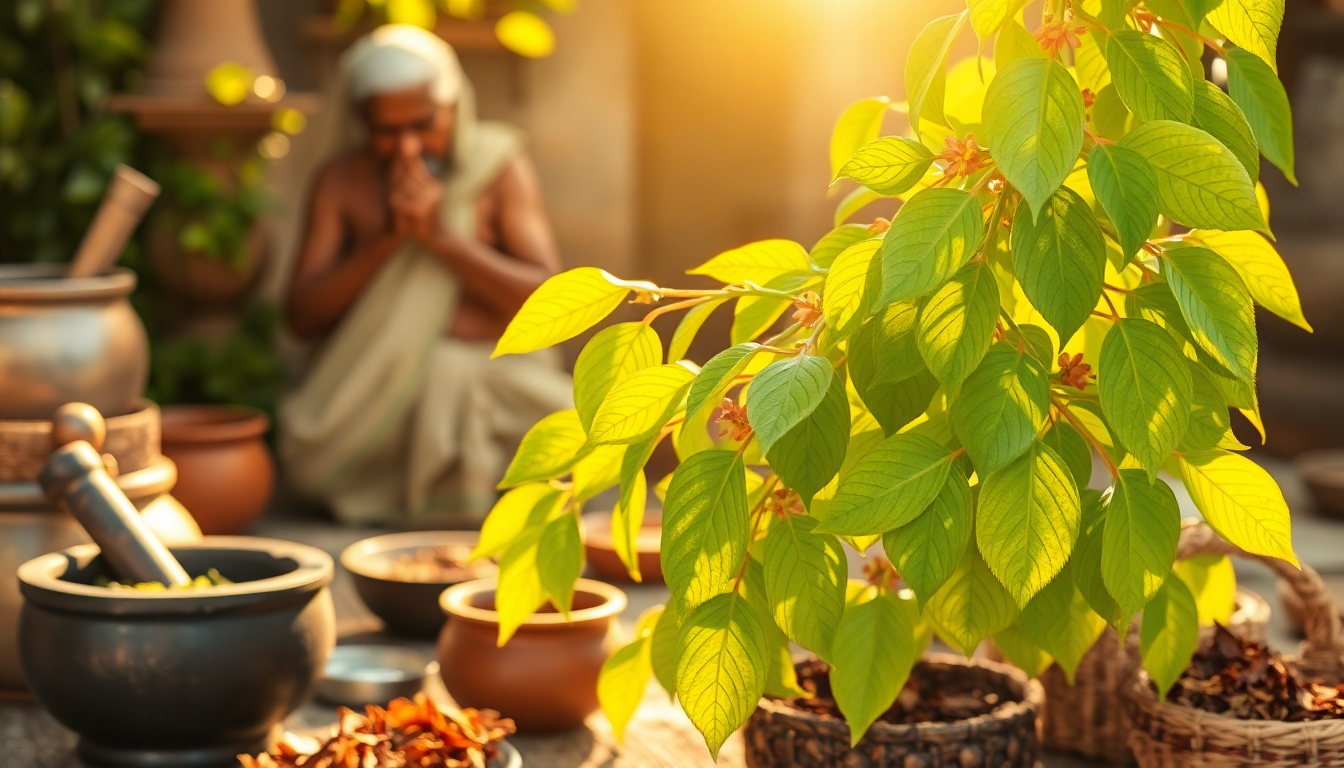Curry leaves, a humble ingredient in many Indian households, have long been revered for their remarkable medicinal properties. Beyond their culinary applications, these fragrant leaves have been an integral part of traditional healing practices in the Indian subcontinent for centuries. In this comprehensive blog post, we will delve into the fascinating world of curry leaves and their remarkable role in traditional medicine.
The Origins and Significance of Curry Leaves
Curry leaves, botanically known as Murraya koenigii, are native to the Indian subcontinent and have been a staple in the diets and traditional remedies of the region for generations. These leaves, with their distinct aroma and slightly bitter taste, have been used in Ayurvedic and other traditional healing systems to address a wide range of health concerns.
The use of curry leaves in traditional medicine can be traced back to ancient texts and practices, where they were recognized for their numerous therapeutic benefits. Ayurvedic practitioners have long incorporated curry leaves into their formulations, harnessing their potent properties to promote overall well-being and address specific ailments.
The Nutritional and Phytochemical Composition of Curry Leaves
Curry leaves are a rich source of essential nutrients and phytochemicals that contribute to their remarkable medicinal properties. They are particularly high in vitamins A, C, and E, as well as minerals such as calcium, iron, and magnesium. Additionally, curry leaves contain a variety of bioactive compounds, including alkaloids, flavonoids, and terpenoids, which have been extensively studied for their therapeutic potential.
One of the most notable phytochemicals found in curry leaves is the compound known as mahanimbine. This compound has been the subject of extensive research, with studies suggesting its potential anti-inflammatory, antioxidant, and antimicrobial properties. Other key compounds, such as carbazole alkaloids and essential oils, have also been linked to the diverse health benefits associated with curry leaves.
Traditional Uses of Curry Leaves in Healing Practices
In traditional Indian healing systems, curry leaves have been utilized for a wide range of ailments and conditions. Here are some of the most prominent traditional uses of these versatile leaves:
Digestive Health
Curry leaves have long been used to support digestive health. They are believed to stimulate the production of digestive enzymes, promote the secretion of gastric juices, and alleviate issues such as indigestion, bloating, and constipation.
Diabetes Management
Numerous studies have explored the potential of curry leaves in managing diabetes. The leaves are thought to possess hypoglycemic properties, helping to regulate blood sugar levels and improve insulin sensitivity.
Cardiovascular Health
Curry leaves have been traditionally used to support cardiovascular health. They are believed to have cholesterol-lowering properties, as well as the ability to improve blood circulation and reduce the risk of heart disease.
Skin and Hair Care
In traditional practices, curry leaves have been used topically to address various skin and hair concerns. They are believed to have antimicrobial and anti-inflammatory properties, making them useful in treating skin conditions like acne, eczema, and fungal infections. Additionally, curry leaves are often used in hair care formulations to promote hair growth and prevent premature graying.
Respiratory Health
Curry leaves have been incorporated into traditional remedies for respiratory ailments. They are believed to have expectorant properties, helping to clear the respiratory tract and alleviate conditions like coughs, colds, and asthma.
Detoxification and Liver Health
Traditional healers have long recognized the potential of curry leaves in supporting detoxification and liver health. The leaves are thought to possess hepatoprotective properties, helping to cleanse the body of toxins and support overall liver function.
Incorporating Curry Leaves into Your Wellness Routine
Incorporating curry leaves into your daily routine can be a simple yet effective way to harness their remarkable healing properties. Here are some ways you can incorporate these versatile leaves into your life:
- Add fresh or dried curry leaves to your cooking, such as in curries, rice dishes, and chutneys.
- Consume curry leaf tea by steeping the leaves in hot water and enjoying it as a soothing and nourishing beverage.
- Use curry leaf powder or extracts in your skincare and hair care routines, such as in face masks, hair oils, or shampoos.
- Explore traditional Ayurvedic formulations that incorporate curry leaves, such as herbal supplements or tonics.
By embracing the power of curry leaves and incorporating them into your lifestyle, you can unlock a world of natural healing and wellness benefits. Embark on a journey of rediscovering the ancient wisdom of traditional medicine and experience the transformative effects of this humble, yet remarkable, ingredient.
Conclusion
Curry leaves, with their rich history and multifaceted therapeutic properties, have long been revered in traditional Indian healing practices. From supporting digestive health to promoting cardiovascular well-being, these leaves have proven to be a versatile and valuable resource in the realm of natural medicine.
As we continue to explore the depths of traditional knowledge, the healing power of curry leaves serves as a testament to the enduring wisdom of our ancestors. By incorporating these leaves into our daily lives, we can unlock a world of natural wellness and rediscover the profound connection between the plants that surround us and our own health and well-being.
So, let us embrace the humble curry leaf and unlock the secrets of its remarkable healing potential. Through this journey, we can not only nourish our bodies but also reconnect with the timeless traditions that have sustained us for generations.


0 comments